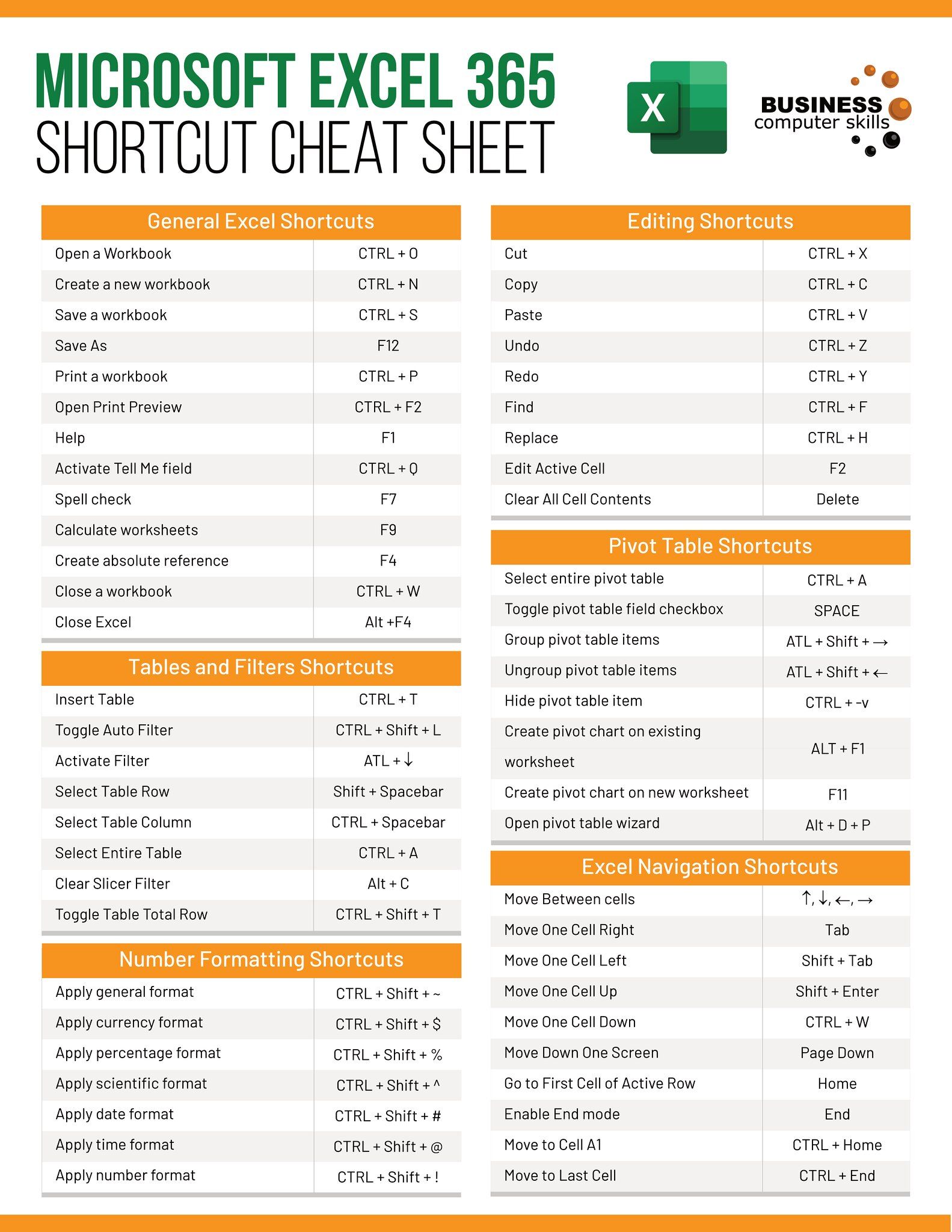Excel Schedule Sheet: Easy Steps to Organize Your Life

Organizing Your Life with an Excel Schedule Sheet

Balancing work, personal life, hobbies, and responsibilities can be overwhelming without a solid plan in place. Utilizing an Excel schedule sheet can help you manage your time effectively, reducing stress and increasing productivity. Whether you're tracking appointments, deadlines, or personal goals, this guide will walk you through how to set up and use an Excel schedule effectively.
Why Use Excel for Scheduling?

Excel isn't just for number-crunching; it's a versatile tool for creating personalized schedules. Here's why:
- Customizability: Tailor your schedule to fit your unique lifestyle with custom columns, colors, and formats.
- Accessibility: Access your schedule from anywhere with Excel available on both PCs and mobile devices.
- Analytical Capabilities: Excel allows for the tracking and analysis of time management, providing insights into how you spend your time.
Setting Up Your Excel Schedule Sheet

Before diving into the customization, here's how to set up a basic Excel schedule:
1. Start with a Blank Workbook
Open Excel and choose “Blank Workbook.”
2. Add Headers
| Column A | Column B | Column C | Column D | Column E |
|---|---|---|---|---|
| Time | Monday | Tuesday | Wednesday | Thursday |
| Time | Friday | Saturday | Sunday |

3. Input Times
List the times in the “Time” column from morning to evening, adjusting to your wake-up and bedtime schedules.
4. Customize Your Schedule
- Add color to different rows or cells to indicate different activities or urgency.
- Use the conditional formatting to highlight important events automatically.
5. Save and Access
Save your file with a memorable name. You might also want to share it via cloud services for easy access and updates.
Tips for Effective Use

Here are some tips to maximize your schedule's efficiency:
- Consistency: Stick to the routine and keep your schedule up to date.
- Block Time: Allocate time for different activities, like "Study", "Exercise", "Work", etc.
- Buffer Time: Include buffer periods to handle unexpected changes or overflows.
- Review and Adjust: Regularly review your schedule and make necessary adjustments.
📌 Note: Your schedule should serve your lifestyle, not the other way around. Be flexible with changes as needed.
Expanding Your Schedule

As you become more comfortable with Excel, consider these enhancements:
Linking Multiple Schedules
If you’re tracking multiple areas (like personal, work, and family), link separate sheets to navigate between them easily.
Formulas for Insights
Use formulas like COUNTIF to see how much time you spend on different activities:
=COUNTIF(B2:B17, “Work”)
Recurring Events
Set up formulas or macros to automatically populate repeating events.
💡 Note: If you're new to formulas in Excel, many online resources and tutorials can help you learn.
Integrate with Other Tools

Excel can work with other time management tools:
- Outlook: Sync your Excel calendar with Outlook for seamless calendar integration.
- OneNote: Embed your schedule within OneNote notebooks for a centralized planning approach.
Wrapping Up Your Time Management Journey

By utilizing an Excel schedule sheet, you've embarked on a journey to organize and optimize your daily life. Remember, your schedule should enhance your life by reducing the clutter and stress of remembering appointments, deadlines, and personal commitments. It's a living document that evolves with you, helping you meet your goals and manage your time effectively. Embrace the flexibility to adjust, improve, and refine your scheduling strategies as you grow more comfortable with Excel's capabilities.
How often should I update my Excel schedule?

+
It’s good practice to update your schedule daily or as changes occur. This ensures your calendar is always current.
Can I share my Excel schedule with others?

+
Yes, Excel allows you to share workbooks via OneDrive or by sending the file directly to others.
What’s the best way to set up repeating events?

+
You can use formulas or macros in Excel to automatically insert recurring events into your schedule.



